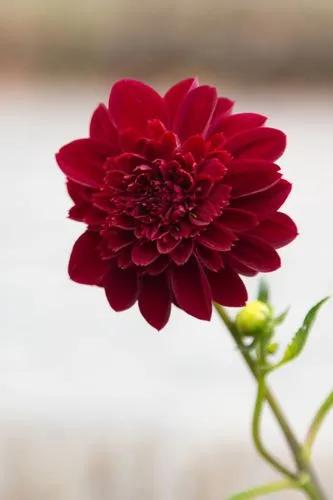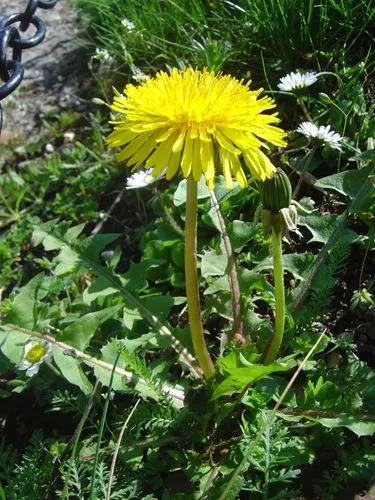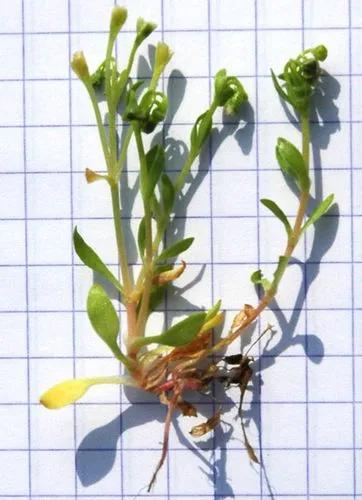Gnaphalium uliginosum or marsh cudweed is an annual plant found on damp, disturbed ground and tracks. It is very widespread across much of Europe, Asia, and North America. It is very common on damp, arable grasslands, paths, and on acid soils
Marsh Cudweed Care
Gnaphalium uliginosum



It is a very woolly annual, growing 4–20 cm tall.
The leaves are wooly on both sides. They are 1 to 5 cm long, narrow oblong shaped.
The flower heads are 3 to 4 mm long. They are arranged in clusters of 3 to 10, surrounded by long leaves. The flower head bracts are wooly, and pale below, with dark chaffy hairless tips. The florets are brownish yellow. The stigmas are pale.
It flowers from July until September
This plant might be poisonous
How to get rid of: Hand pulling needs to be done carefully to ensure there is a minimum of soil disturbance. Many weeds flourish when soil is disturbed. Removal of small weeds can be achieved by placing one hand flat on the ground with the weed between two fingers. As the hand is pressed toward the ground the second hand can carefully remove the weed. If soil is disturbed it should be tamped back in place to minimise the opportunity for another weed to become established.
How to Care for the Plant

Popularity

296 people already have this plant 33 people have added this plant to their wishlists
Discover more plants with the list below
Popular articles






